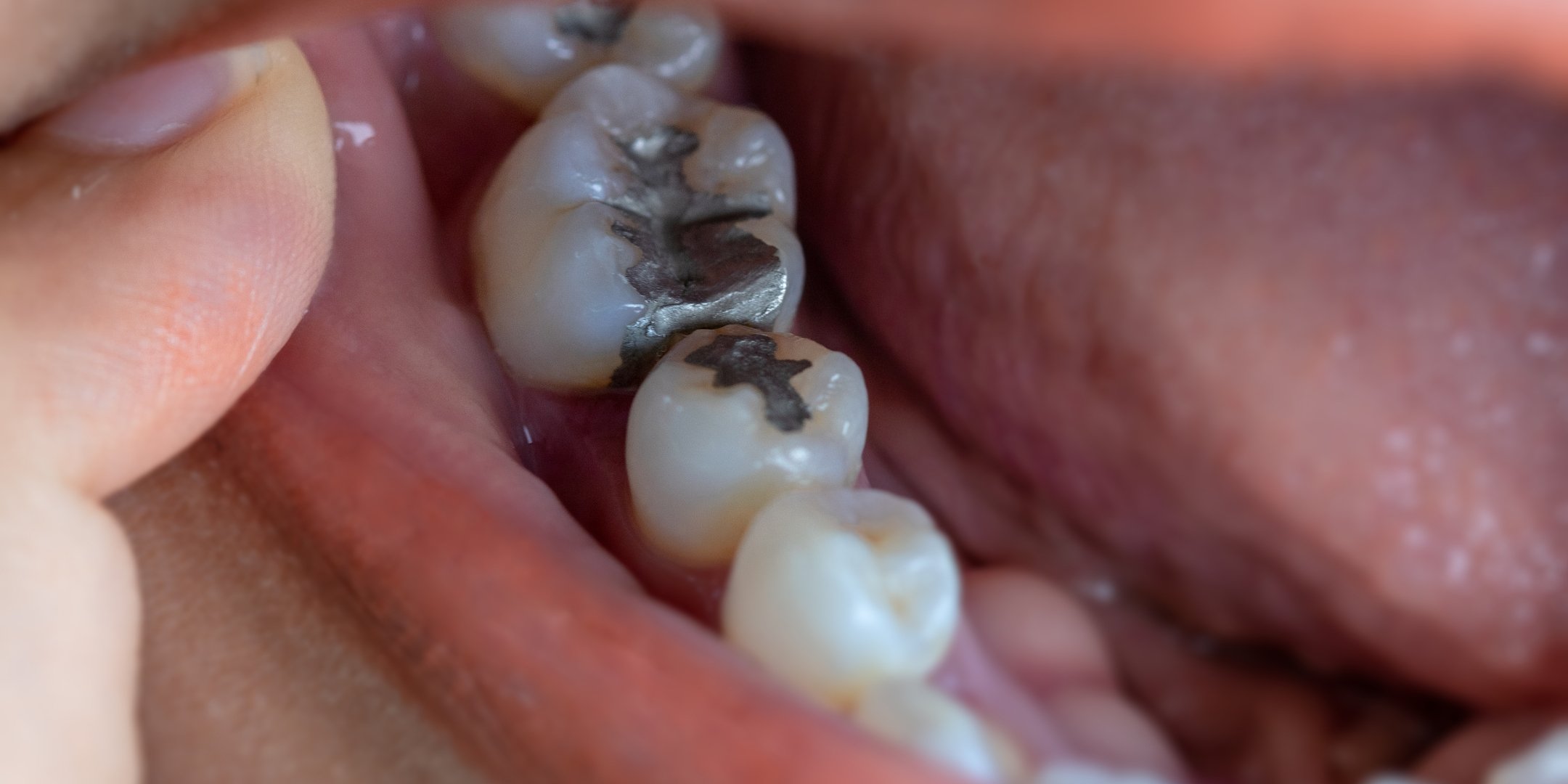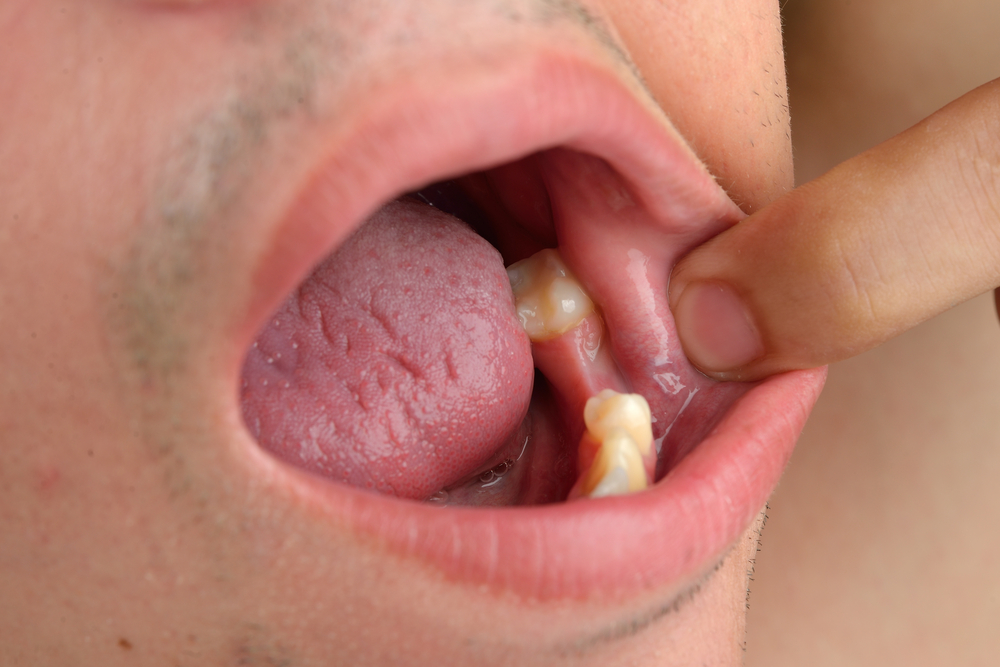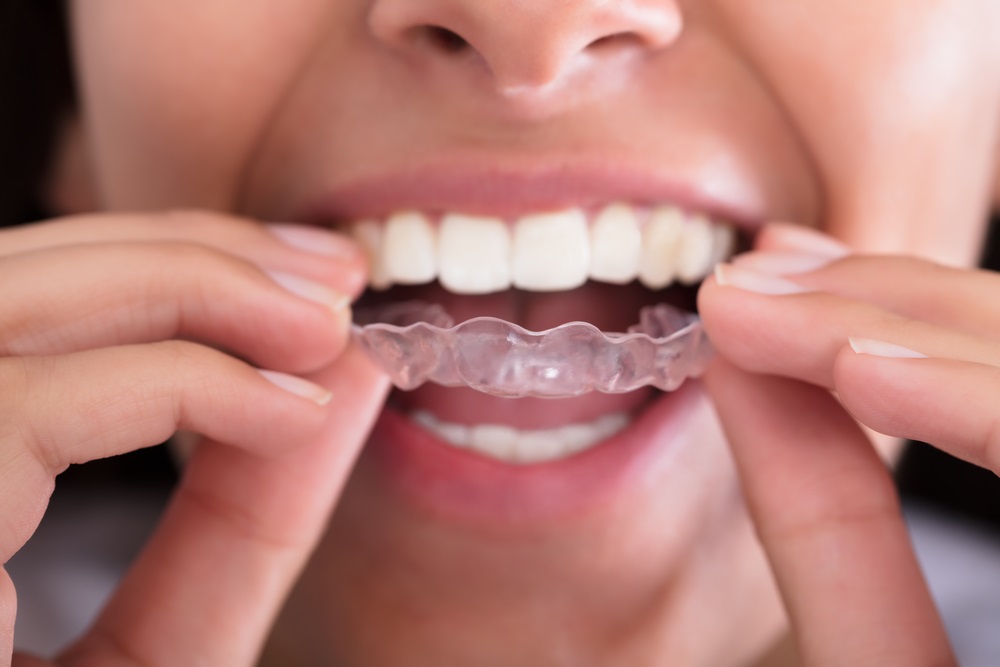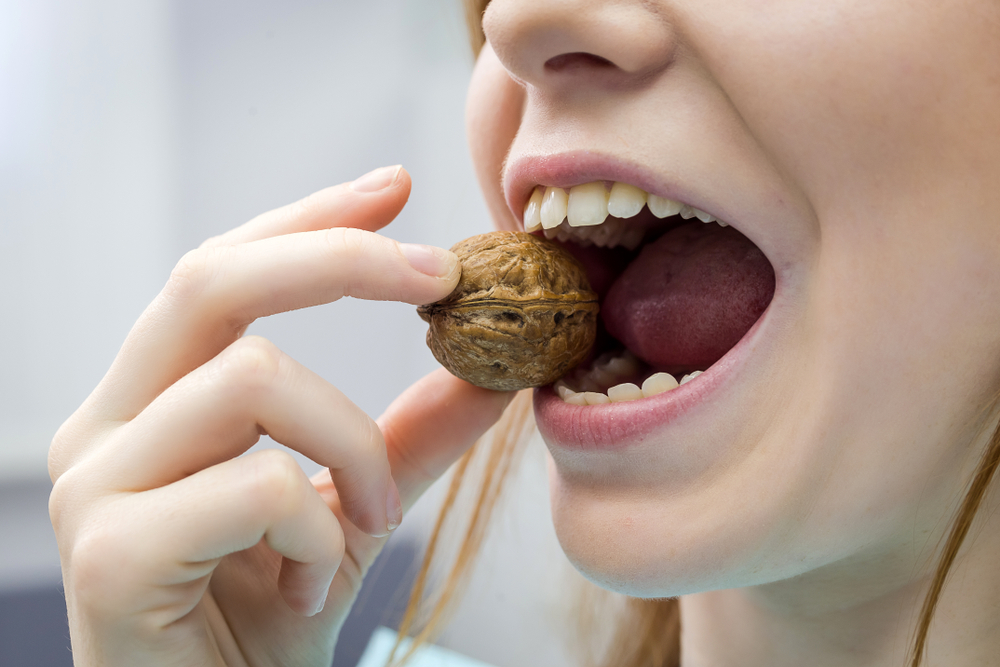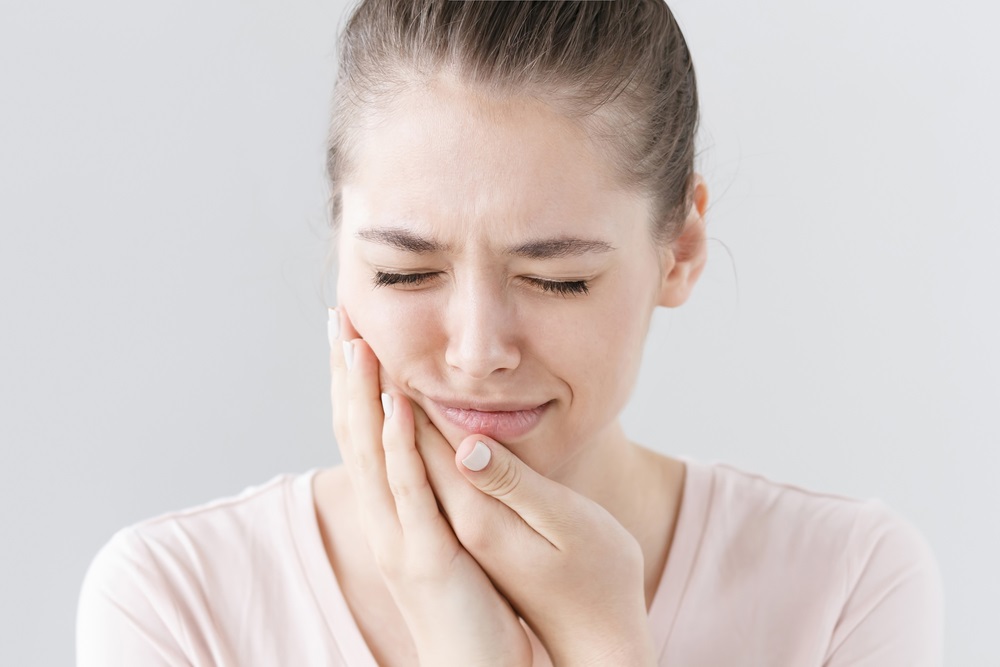Dentists use dental fillers to fill dental cavities caused by tooth decay. If the decay is not large or the cavity is smaller, restoration is achieved through dental filling.
Though dental fillings are expected to last longer, they at times, wear off. When fillings come out, the tooth gets exposed, which leads to a relapse of the prior condition.
However, a loose or broken filling cannot sit grounded to its place, and the patient easily feels it. Spotting a loose filling and treating the situation requires concerted efforts by both the patient and the dentist.
Fixing A Loose Dental Filling: Is It Easy?
Loosening of dental fillings, if spotted earlier, can be addressed easily and effectively.
Treatment Steps
- First, your dentist examines the oral structure.
- Based on that, if needed, x-rays are ordered to assess the intensity of loss.
- Depending on the result, either refilling with new fillers or the need to go for root canal therapy is ordered.
- In certain cases, crown placement is warranted to consolidate the integrity of the tooth.
- In rare cases, extraction of the tooth is done.
Loose dental fillings are fixed by dentists by clearly extracting out the old fillings and freshly applying the restoration material.
How Can You Spot Loose Fillings?
A loose filling is detected by the patients themselves or the dentist.
Patients come to know of the problem by the following methods:
Visual
A crack or a hole in the tooth where the filling is gone, or partially lost. A loose dental filling can also be seen by the patient with a hand mirror.
Pain
In some cases, it is discovered first by the pain felt in and around the area where the dental procedure was done.
Roughness
The patient feels some coarseness on the tooth, which can be perceived by rolling the tongue over.
Sensitivity
The patient experiences hypersensitivity with intake of hot or cold liquids.
Stinging Pain
When a patient consumes sugary or sweet substances like chocolates, candies, toffies, etc., a sudden stinging pain is felt over the dental filler placed area.
Detecting A Foreign Material
Dental fillers are made up of different materials with varying hardness. When these fillers start loosening up and come out, the patient senses the feeling of a foreign object in the mouth.
Other than this, even if the patient has no other complaints, regular check-ups with the dentist will aid in spotting any hidden filler displacement. Using a dental probe and other instruments, dentists check if the contours are intact or coming out. Depending on the quality of the tooth, dental x-rays are ordered to check if the dental fillings are coming off due to decay or if decay has already started to set in between the teeth.
What Are The Causes Of Dental Fillings Getting Loose?
With the maintenance of proper dental hygiene and following post-procedural instructions, and with the absence of any trauma to the face, fillings last for greater than eight years. However, with regular wear and tear, they have a finite lifespan.
Specifically:
- Amalgam fillings last from 5 to 25 years.
- Composite fillings last from 5 to 15 years.
- Gold fillings last from 15 to 30 years.
New dental fillings rarely fall out of their place. In the unlikely event of that happening, the reason could be a faulty cavity preparation before the procedure was done or the preparation getting contaminated before the placement. Sometimes, it is because of a fracture of the restoration due to any trauma or hard biting.
However, in patients where the dental filling has remained intact for a considerable period after the procedure, the loose filling problem appears due to any of the following reasons:
Tooth Decay
A common cause could be due to lack of proper dental hygiene.
Cavity
Though dental fillings are made of durable material, they reside over a cavity. This cavity is soft. If the filling loses grip, they start coming out.
Overload
In some situations, the dentist anticipates the falling out of dental filler. For instance, when a crown is needed, but the dentist uses a filling, this naturally causes overload on the filling, and it starts to disintegrate over a period of time.
Eating Habits
Post dental filling procedure, every patient is advised not to chew or bite anything hard. Violation of this could disorient the tooth, and the filling loosens up.
Performance Of Other Tasks
Using teeth for any parafunctional roles like holding a wire by teeth, holding and biting ropes with teeth, opening a bottle cap, threading a string knot, breaking open nuts, etc., could deteriorate the fillings.
Nail-Biting
Persistent nail-biting exerts uneven pressure on your teeth and adds tension at the base of the teeth, which tears away the cementing dental fillers.
Exposure To Temperature Extremities
Exposing the dental area to extreme cold or hot conditions, like drinking ice water or hot coffee, can affect the durability of the fillings, and they break apart.
Flossing
In some patients, rarely, vigorous flossing is shown to be leading to loosening of the fillings.
Hard Biting
Patients sometimes engage in prolonged chewing of chocolates, hard candies, carrots, ice, nuts, etc., and overtask their teeth. This irregular pressure to the teeth can result in their collapse.
Plaque
Dental bacterial growth or plaque from residual food materials reduces the strength of the tooth, and the filler comes out.
Bruxism
Patients who have undergone dental filling procedures unknowingly grind their teeth at night, loosening up the adhesive strength of the fillers.
Allergy
In some patients, mercury or the amalgam used for restoration can incite an allergic response, and the filling procedure needs to be revisited by the dentist.
Wear And Tear
Filling materials give both a structural and functional effect to the oral structures. Because of their functional nature, at times, they suffer expansion and contraction. This could lead to fractures, and fillers may start to crack.
Prevention
The following steps can help in minimizing the risk of dental filling loosening:
- Avoid drinks and foods that weaken the cavity fillings. For example, continuous consumption of wine can cause strong damage to the enamel and result in cavities.
- Avoid intake of substances rich in processed sugar and citrus fruits as this can accelerate the damage.
- Periodic rinsing of the mouth after consuming orally is a good way to ensure the intactness of dental filling.
How To Treat A Loose Dental Filling?
If your treating dentist decides to go for re-filling, a clinical procedure in an office setting is done.
Procedure
The dentist numbs the area to be worked on with a numbing agent. A drill or air abrasion instrument or, in some cases, a laser is utilized to remove the decay. A close examination of the area with a dental probe is done to ensure the removal of all the decay and debris.
If decay extends near the root, a glass ionomer or composite resin, or other material is put in. This is to prevent the nerve from getting damaged. After the filling is done, the dentist finishes and polishes the filled area.
As a part of pre-treatment, to save the situation from getting out of control, follow these steps:
Avoid Panicking
Dental filling giving out is not unusual. Stay calm until you reach your dentist’s office.
Ease The Sensitivity
Loose dental fillings start moving haphazardly, causing the oral area to become sore and sensitive. The irritation may tempt you to probe with any small instrument. This increases the risk of injury and further damage.
To avoid this, use saltwater to gargle and rinse your mouth. It is better to go for a durable dental filling that may help you from getting into trouble.
Maintenance Of Dental Hygiene
Brush a few times gently until your scheduled doctor’s visit to prevent the formation of bacterial growth.
Ice Packs
To minimize swelling, use ice packs or cold compresses.
Pain Medications
If pain increases, use any over-the-counter pain-relievers
Avoid Chewing
Try liquid food supplements to avoid chewing and to lessen the stress on the problematic oral area.
Temporary Fixes
If possible, try to position back the dislodged tooth with over-the-counter dental wax as a temporary arrangement to prevent bacterial infection if your visit to the dentist is delayed.
Lastly, if the pain does not subside with medication or if swelling continues to persist or grow, an emergent dental visit is indicated. If you are unable to meet your regular dentist for any reason, experts recommend you find a new dentist.
Conclusion
Though dental filling is a time-tested procedure to combat tooth decay, failures can happen. To minimize that, periodic dental check-ups are essential. This will help:
- To identify if any spots of wear out are present around the edges of the filler.
- To know if the sealing and tooth are sealed properly.
- To decide on the need for further radiological studies.
A dentist’s examination coupled with x-rays is reliable to avoid expensive procedures at a later stage and it also helps in quick decision-making on the need for dental filling replacement.
Loose fillings can be spotted by the patients themselves or by a dentist through pain, roughness, sensitivity or by detecting a foreign material.
The common reasons for loose fillings can be tooth decay, cavity, overload, eating habits, nail biting, exposure to temperature extremities, plague, and allergy.
Dentists treat loose filling by removing the loose filling and reapplying restoration material like amalgam or composite resin material.





